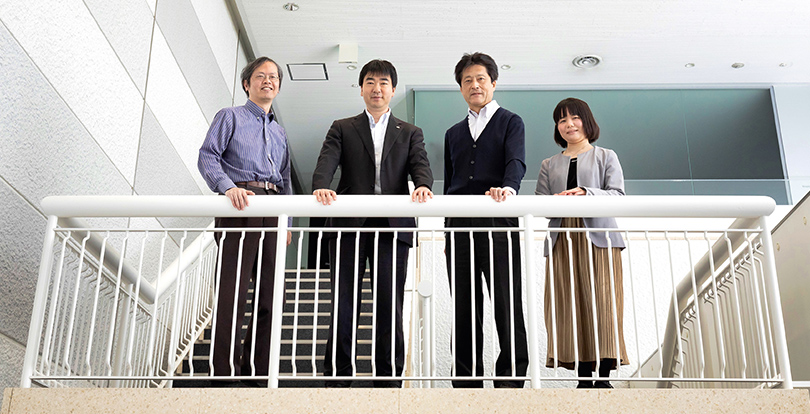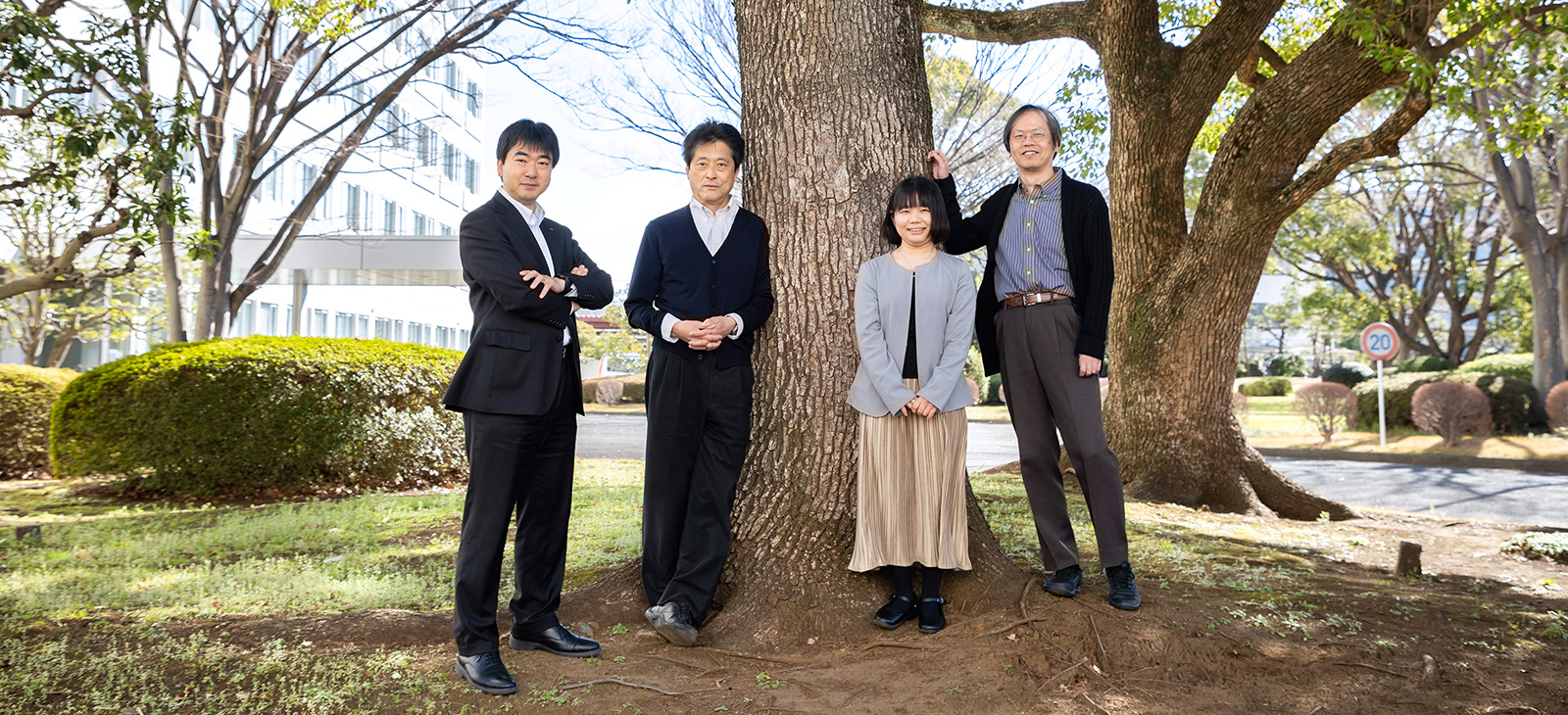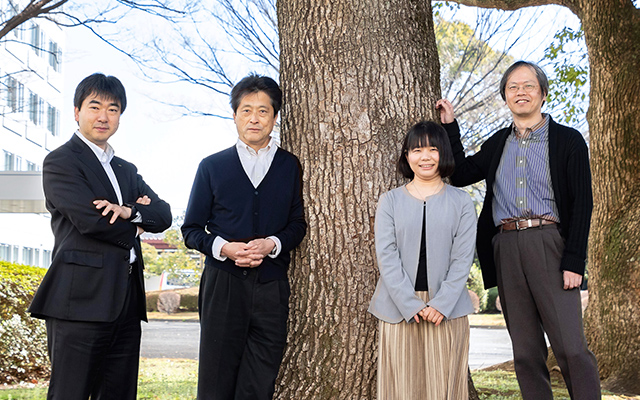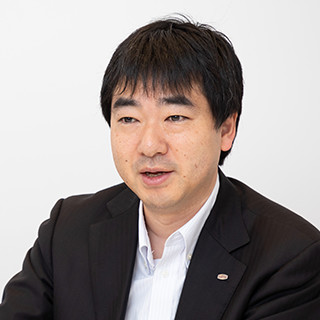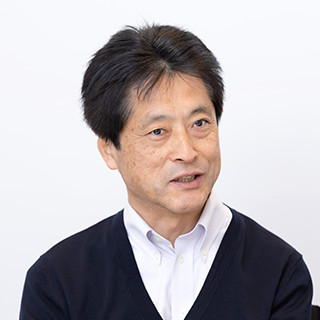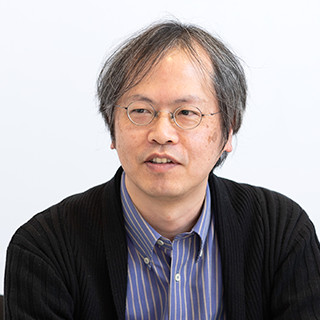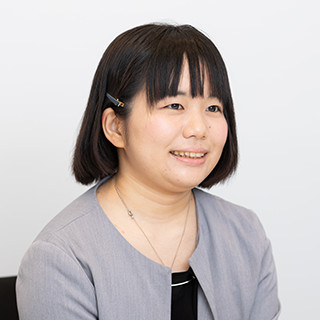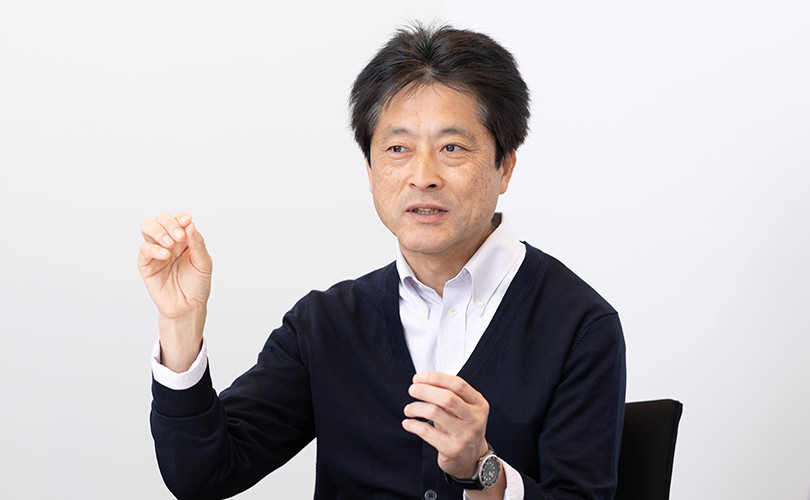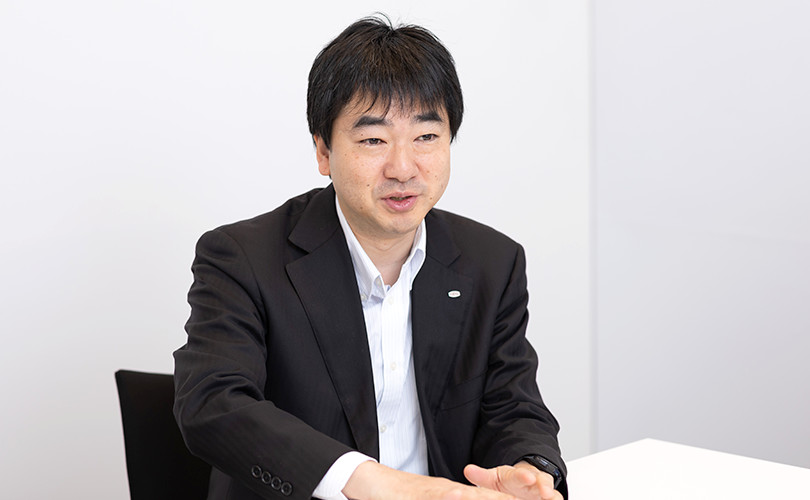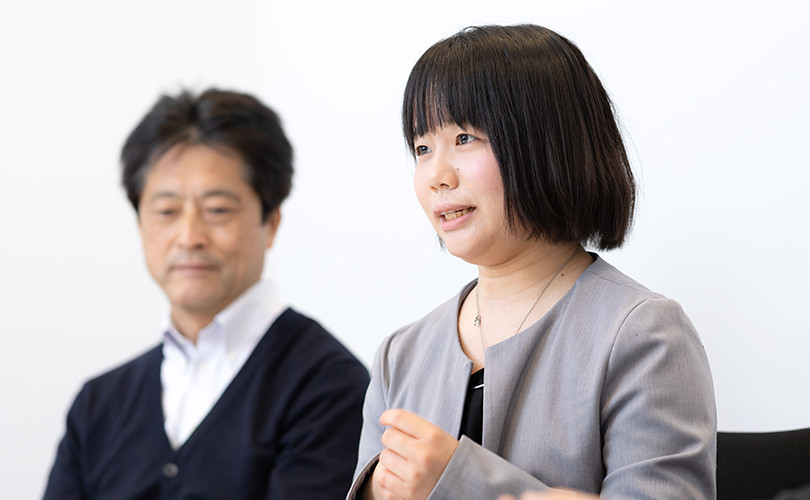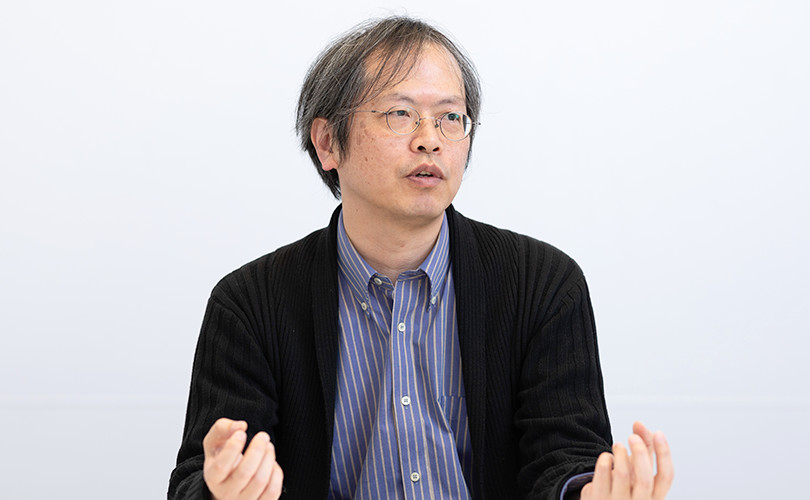The Quantum Inspiration behind Digital Annealer’s New Architecture
Digital transformation (DX) is the goal for every aspect of today’s society, creating an insatiable appetite for computers capable of processing large volumes of sophisticated and complex data at high speeds. Until now, computing speed has increased in line with "Moore's law", involving a doubling of semiconductor integration every 18 months. But we are very close to reaching the limit, principally due to the physical difficulties surrounding miniaturizing devices that supported Moore's Law. As a result, the prospects for improving current computer architecture performance are reaching an end.
One of the most promising candidates to address this challenge involves quantum computing,
achieving high speed performance through parallelism using quantum mechanical superposition. This technology is, however, still at the research stage, with solutions needed to extend the periods of time that the quantum state can be maintained, as well as overcoming restrictions on connection and expansion.
Fujitsu Laboratories has long-standing expertise in quantum cryptography and communication, and has an active R&D program in quantum computing. Our teams recognized, however, that there was an urgent need to find an interim solution that would meet the immediate and pressing demand for high-performance computers. This was the driving force behind our focus on one specific quantum computing technologies – quantum annealing.
Why “annealing”? It is a term used in metalworking to describe the process of slowly cooling heated metal to align uneven structures and stabilize them. Kazuya Takemoto, project director for Digital Annealer Unit technology development, explains, “When applied to computing, the annealing method solves the problem of selecting the best combination required to satisfy a specified condition from a given combination (combinatorial optimization problem). "
A quantum annealing system was first commercialized by D-Wave Systems Inc. (D-wave) in Canada in 2011. However, while quantum annealing machines compute very rapidly, they are difficult to scale up and, as a result, their suitability to solve practical problems was regarded as being a long way off. Fujitsu Laboratories decided to adopt a very different approach, reproducing this quantum annealing process by using a digital rather than an actual quantum.
Sanroku Tsukamoto is a senior expert on technology development projects, and has been involved in the Digital Annealer Project since its inception.
"Fujitsu Laboratories and the University of Toronto collaborated with the objective of coming up with a new computer architecture. We developed digital circuits inspired by the annealing method of quantum computers, and succeeded in achieving both high-speed calculation processing and ease of use. This created 'Digital Annealer', which was launched in October 2016."
Rapid Service Evolution and Practical Deployment
When Fujitsu Laboratories started the joint research with the University of Toronto, it involved just a small team of three experts, including Sanroku Tsukamoto, who was an analog circuit engineer. This team rapidly grew following the successful launch of Digital Annealer in 2016, with the addition of a dedicated quantum computing research team. Kazuya Takemoto, who was researching nanomaterials at that time, was one of the new team members.
In May 2017, Fujitsu announced a partnership with 1QB Information Technologies Inc. (1QBit), a Canadian company that provides software for quantum computers. Just one year later, in May 2018, Digital Annealer 's proprietary processor "Digital Annealing Unit (DAU)" was developed and Digital Annealer's cloud service was launched. At the same time, the scale of the Digital Annealer project has steadily expanded and has now grown into an organization of more than 80 people.
Currently, the overall research and development is being carried out under three key projects: "market creation", "business traction" and "technology development". In December 2018, we expanded the size of the DAU to 8,192 bit, and in February 2019, Fujitsu launched our second generation cloud service – the on-premises service.
Kazuya Takemoto expands: "The Digital Annealer Unit has evolved from focusing on the technical verification and proof of concept stages to fully deployed practical business usage. In the manufacturing industry, we have already started to optimize the internal flow of our plants, and in the financial industry, we have begun to select investment portfolios. Digital Annealer 's major advantage is that it is far ahead of competitors in terms of practical applications."
Accelerating Drug Discovery by Quickly Exploring Molecular Structures
"Among Digital Annealer's wide range of practical application fields, one that is currently drawing the most attention from a business perspective involves drug discovery and materials", explains Chieko Terashima, a member of the Second Business Leading Project of the Digital Annealer Unit. Chieko joined Fujitsu Laboratories last year, applying her graduate research expertise in computational chemistry to applied technology research for the development of pharmaceuticals.
Chieko continues, "Digital Annealer is being used to discover stable molecular structures at high speeds and to accelerate drug development. For example, cyclic peptide molecules are attracting attention as medium molecular drugs. By treating the structure of these molecules as the optimum configuration of amino acids, we can search for stable structures at high speed as a combinatorial optimization problem."
We expect that this approach will significantly speed up searches involving the calculation of molecular structure, thereby improving the efficiency of drug development. Another interesting and award-winning application for Digital Annealer involves the analysis of fragrance molecules, as Chieko explains, "Digital Annealer can search for molecules whose structure is similar to the target molecule. By applying this method to perfume molecules, it is possible to detect molecules with similar fragrances. When I presented these results at an academic conference, I was delighted to receive an award for excellence, reflecting the high level of interest in this technology."
Solving Logistics Challenges with Digital Annealer
Another area destined for rapid commercialization is the transportation and logistics field. Kenji Nomura, a member of the Technology Development Project, is working to commercialize this technology, elaborating, “I originally joined the Digital Annealer project to accelerate research on improving the functional materials’ properties used in semiconductor devices. Now my focus is to work with customers to solve real-world logistics problems.
The transportation and logistics industries are facing major challenges, necessitating a complete reform of working practices to overcome chronic labor shortages. One avenue under scrutiny involves finding new ways to optimize transportation routes and delivery schedules. There is, however, a huge amount of calculation processing required in order to select the optimal combination from all the possible combinations.
Digital Annealer was applied to the problem, with our team working in close cooperation with A Star Quantum Co., Ltd. as part of a demonstration experiment within Japan Post's Open Innovation Program. A simulation of the optimal route taken by Digital Annealer showed that the number of delivery vehicles could be reduced from 52 to 48, representing around an 8% reduction. In addition, we showed that costs could be reduced by approximately 7%, and loading ratios increased by approximately 12%. Kenji explains, "In the logistics industry, the optimization of delivery has a direct impact on business performance, making this a prime consideration for customers. At the moment, I am concentrating on how best to apply current technology to deal with the specific company requirements and overcome its constraints, but we are moving closer to being able to use cutting-edge technology to solve real corporate challenges.”
Application-driven research and development based on business understanding
With Digital Annealer, we are able to apply the strength of quantum annealing to solve combinatorial optimization problems flexibly, using conventional semiconductor technology. There are, of course, other companies in both Japan and overseas, who together with Fujitsu Laboratories are currently researching and developing new computers using quantum computing and quantum mechanics. Fujitsu was, however, one of the first companies in Japan to commercialize this technology, and we already have a large number of these systems.
To quote Kazuya Takemoto, "People inside and outside the company often ask us about how we benchmark our work against other companies. We don’t believe that it makes sense simply to simply computation speed to solve simple problems that are far from practical. The goal is to apply it effectively to your business challenges, and this is where Digital Annealer stands out from the competition."
Our focus will remain firmly on application driven research and development, founded on a real awareness of what business requires.
Kazuya continues, "There are myriad combinatorial optimization problems in every industry. Digital Annealer represents the foundation on which to solve these problems. By providing a fast, efficient computing technology mechanism to solve the problem, we can focus on optimizing the results and applying it appropriately for a given challenge.”
The Digital Annealer Unit conducts research and development every day to advance technology, bringing together expert researchers from a wide variety of technology backrounds and encouraging them to stretch their skills to the limit. We constantly look for more expertise in additional areas to accelerate progress, including hardware design engineers, mathematical experts who translate complex problems into mathematical models, and domain experts who specialize in various business fields.
Sanroku Tsukamoto continues, "Digital Annealer opens up completely new avenues on its own, without any reference to previous knowledge and markets. But it also provides the platform on which existing expertise can be applied creatively; in my case, it has given me the freedom to use elements of my analog circuit design expertise to pursue my research. It is thanks to the many and different perspectives contributed by individuals in the team that we have achieved so much already.”
This approach lies at the heart of the Digital Annealer project. Together with harnessing the expertise of our experts in a wide variety of fields, we are strengthening relations with co-creation partners to resolve diverse social issues and create new markets.
(All titles, numerical values, names and trademarks etc described in this article are accurate at the time of publishing.)
